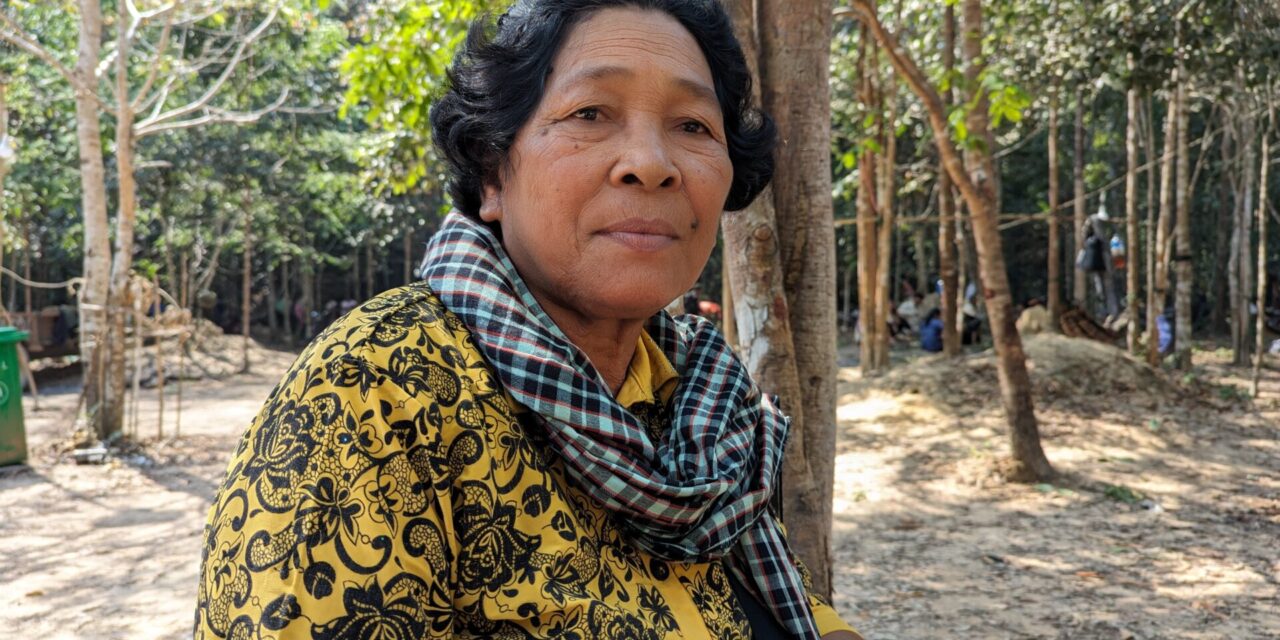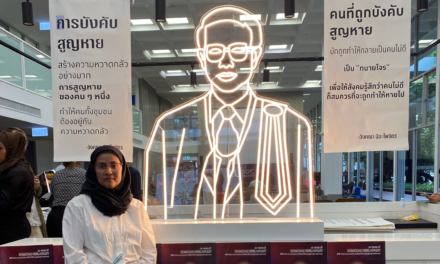Forests are incredibly valuable to humans and animals, sustaining life both above and below the ground. Our forest is home to tigers, bos gaurus, wild ox, and numerous bird species. Without it, we face the loss of these irreplaceable habitats. Development has distanced generations from nature, yet regardless of the difficulties, we must persevere, joining hands to protect and cherish the forest as we do ourselves.
My work stems from dedication and love, supported by our community, to ensure its preservation for future generations. The presence of the forest, even in economic downturns, offers sustainable livelihoods. It provides non-timber forest products like resin, rattan, willughbeia edulis, and nephelium hypoleucum, with some individuals collecting up to 30 liters of resin daily, earning between 12.5 to 25 USD.
Living in harmony with the forest, land, and rain defines our indigenous lifestyle. Without these, our survival is at stake. Our customs differ from those of the broader Cambodian population; we are a humble people, often feeling out of place in commercial settings. Our existence is intertwined with the forest, sourcing materials like rattan and vine for basketry and essentials, focusing on modest trade. We are committed to passing down our knowledge and traditions, preparing the next generation to carry on our legacy.
Organizations and community networks have introduced programs like chicken raising and home gardening to lessen the reliance on forest products. These initiatives aim to afford the younger generation better educational opportunities, in contrast to past generations who lived predominantly within the forest confines.
Looking ahead 10 to 20 years, the primary concern is the potential lack of support for indigenous communities. Without collaborative efforts from the government and various organizations, forest conservation endeavors will falter, leading to irreversible damage in Prey Lang and other regions. Collective action is imperative to secure a sustainable future.















![[IN PHOTOS] In Defense of Human Rights and Dignity Movement (iDEFEND) Mobilization on the fourth State of the Nation Address (SONA) of Ferdinand Marcos, Jr.](https://focusweb.org/wp-content/uploads/2025/07/1-150x150.jpg)



